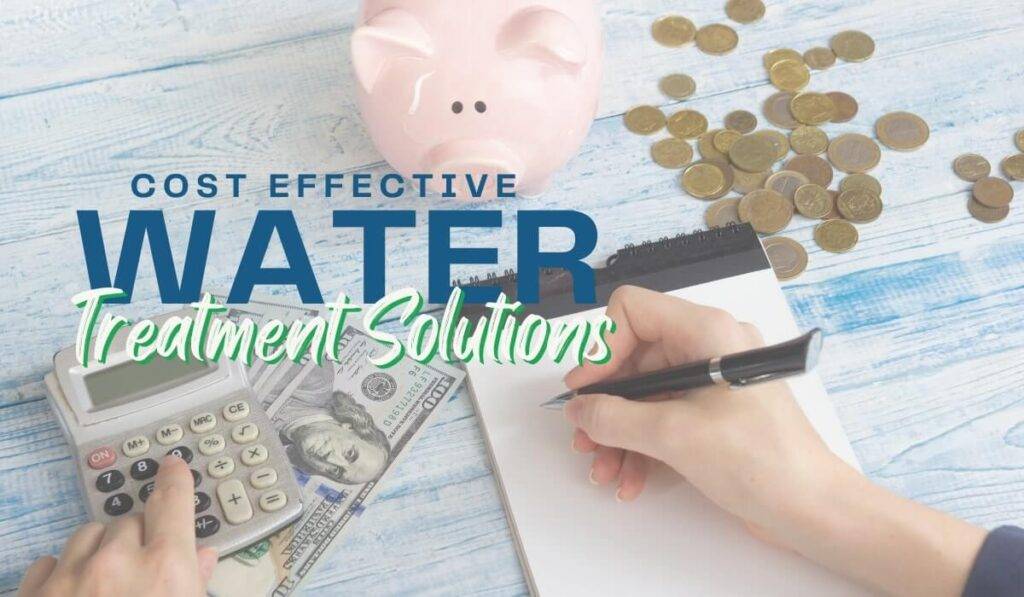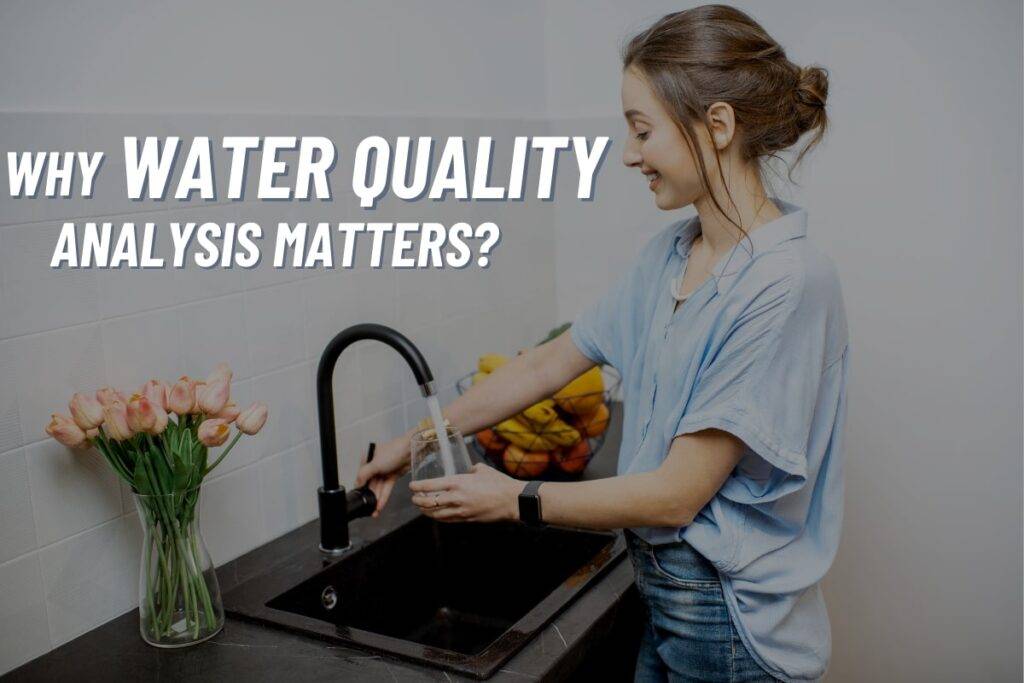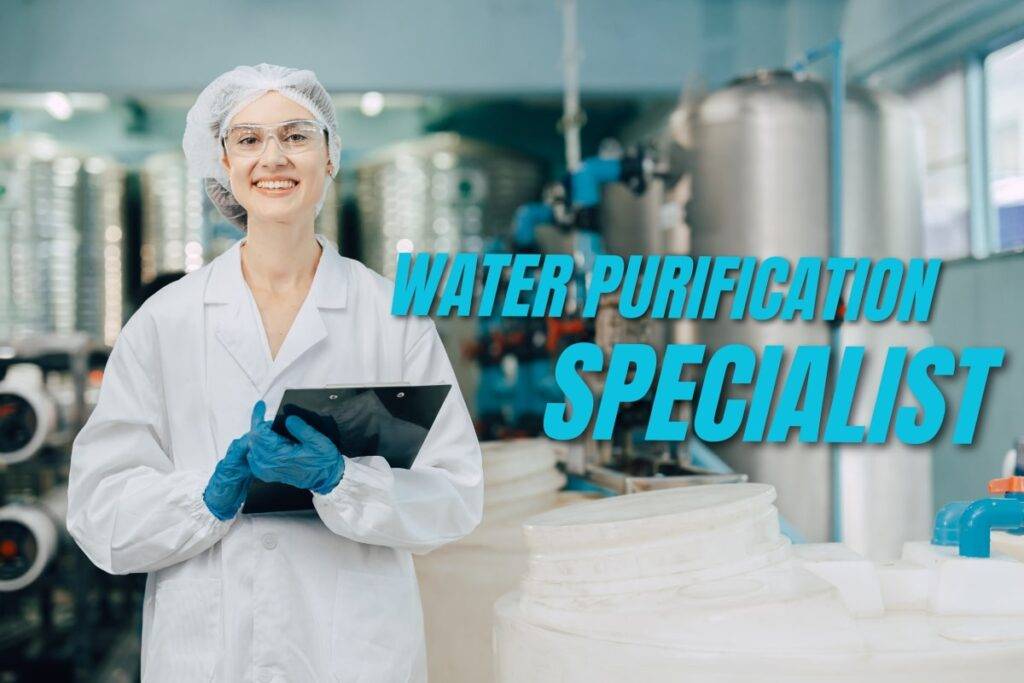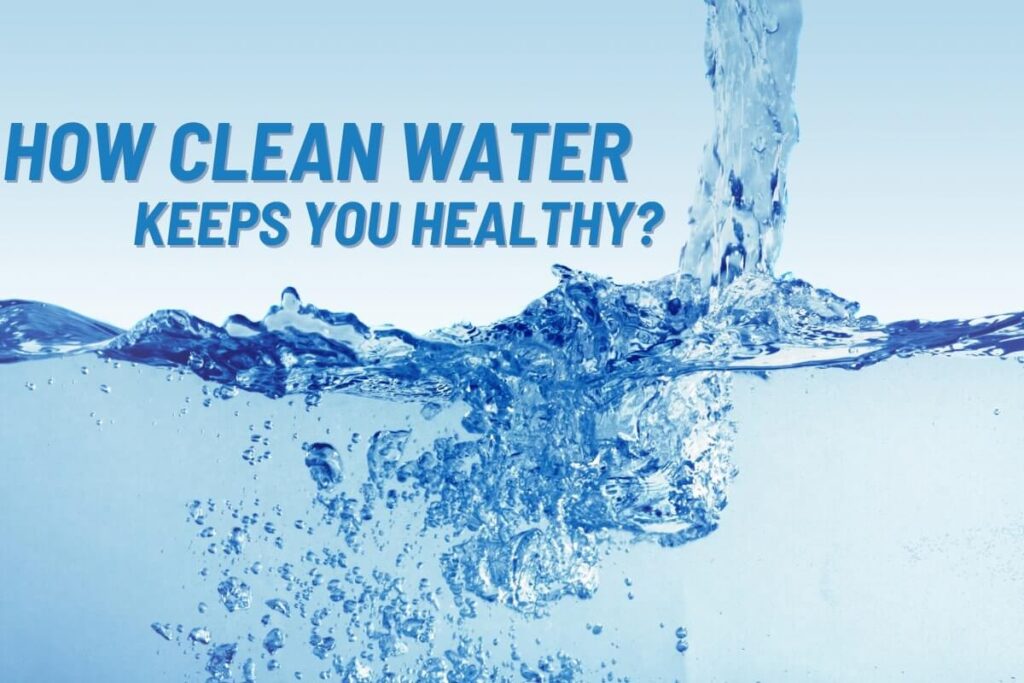Exploring the Cost-Effectiveness of Water Treatment Solutions
Imagine you wake up, turn on the faucet, and let the safest, clean water pour out of the tap without thinking. Most of us regard this privilege as a luxury. However, beneath this uncomplicated act is a complex system intended to guarantee improved water quality. This multifaceted framework for water decontamination has been working vigorously for a really long time to bring tidy drinking water that depends on the most noteworthy necessities of water’s nature. In this blog, we’ll dive into the realm of water treatment arrangements, analyzing their adequacy and cost, as well as taking a gander at various strategies to decide the most prudent water treatment options. In order to identify the most effective approaches in the field, we will investigate the effectiveness of water treatment, the investments made in water purification, and a cost comparison. We’ll look at how various different water treatment centers work, focusing on the methods they employ to reduce the use of energy while ensuring top-quality purification methods. The discussion will cover the most recent advancements in water quality improvement as well as how the advances can contribute to protecting the environment. Affordable water treatment isn’t just about cutting costs. It’s about investing smartly in technology and techniques that warrant continuous in water quality improvement. A treatment plant is a structure designed to clean water from various sources, such as lakes, rivers, and groundwater, to ensure it is safe to drink and use. Why Water Quality Matters The Importance of Water Quality Improvement Water quality improvement is essential for health, sanitation, and overall well-being. Reducing these risks and providing safe drinking water for everyone means ensuring water quality improvement. The Benefits of Water Quality Improvement Health Benefits Clean water is essential to the health of humans, drastically reducing the chance of contracting waterborne illnesses. The availability of healthy drinking water results in fewer instances of diseases such as dysentery, cholera, and a variety of gastrointestinal disorders that are usually caused by water sources that are contaminated. By ensuring water quality improvement and protection, we can safeguard populations at risk, including children who are at a greater likelihood of suffering serious health consequences from these illnesses. The latest treatments for drinking water methods, like using advanced chlorine and filtration systems, play an essential role in eliminating pathogens and ensuring secure drinking water for everyone. The effectiveness of water quality improvement is vital to this process, ensuring that the water treated conforms to safety standards before it reaches the water distribution network. Economic Benefits The economic advantages of water quality improvement are significant. Healthy populations result in less medical expenses and better productivity. If people have access to safe and safe drinking water, They have a lower chance of getting sick, which decreases the cost of healthcare and reduces absence from school and work. This can, in turn, increase the productivity of businesses and increase their growth. For example, improved quality water-treatment systems could result in better school attendance for children because the children will be less likely to be affected by water-related diseases, which outcome in higher educational outcomes and longer-term economic advantages. In addition, improving water conditions could enhance the value of property and attract business, which contributes to overall economic growth. In the developing world, access to pure water supplies is crucial for economic development, as it enables communities to concentrate on development and growth instead of addressing health problems. Environmental Benefits A better quality of water helps support biodiversity and ecosystems and provides a variety of environmental advantages. Watersheds that are healthy serve vital ecosystem services like carbon storage, nutrient cycling erosion control, and water filtering. These are essential for keeping equilibrium in natural ecosystems and providing habitats for wildlife. Through making investments in the treatment of water and water quality improvement, it is possible to protect the ecosystems from pollution and other contaminants that could interfere with their functions. For instance, the reduction of pollution of the water or sediment by implementing effective treatments for water can benefit preserve the aquatic ecosystem and improve the condition of the lakes, rivers, and oceans. Additionally, the use of eco-friendly practices for water processing methods contributes to the protection of the environment by reducing the negative impact on natural resources and decreasing the carbon footprint of drinking water transportation and water treatment. Understanding Water Treatment Solutions Efficiency in Water Treatment systems The efficiency in water treatment is vital to maximize output while also reducing the need for resources. Effective systems maximize the utilization of chemicals, energy, and infrastructure, thus reducing operating costs and environmental impacts and ensuring that more people have access to clean water. Modern technologies that integrate real-time monitoring and analysis of data improve performance and prolong the life of facilities for treatment. By managing water flows and distribution networks effectively, treatment plants are able to limit losses and adapt to changing conditions, ensuring constant water quality. The investment in efficient water treatment ensures safe access to drinking water, which is beneficial to sustainability and public health. Investment in Clean Water The investment in clean water systems can be a wise investment for the future that will bring long-term health benefits to the economy and the environment. Improved infrastructure decreases the risk of waterborne disease, lowers healthcare costs, and increases economic efficiency. The environmental benefits of effective treatment are that it protects the ecosystems of aquatic life by reducing pollution and helps create a circular economic system through the recovery of resources from wastewater. The investment in a robust infrastructure that includes new treatment facilities and sophisticated monitoring systems warrants top-quality water coming from a variety of sources. Comparative Cost Analysis Types of Water Treatment Solutions To determine the effectiveness of the various water treatment options, we must analyze cost comparison. This process involves examining the initial setup cost, operating expenses, and long-term advantages of different treatment techniques. When we analyze the data collected along with the statistical analyses, we can identify which options provide the perfect price and effectiveness.











